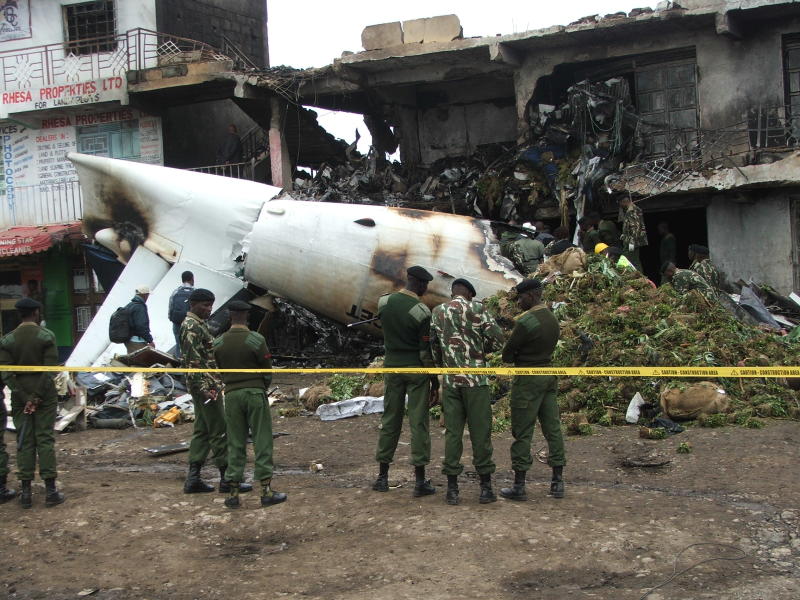×
The Standard e-Paper
Truth Without Fear

On July 2, 2014, about 4:14am, a Fokker F50 international cargo flight operated by Skyward International crashed shortly after takeoff from Jomo Kenyatta International Airport.
Now, a new, damning report by the Air Craft Accident Investigation Department (AAID) has concluded that the cause of the fatal accident in which four crew members died was as a result of the crew’s choice to fly a faulty aircraft.